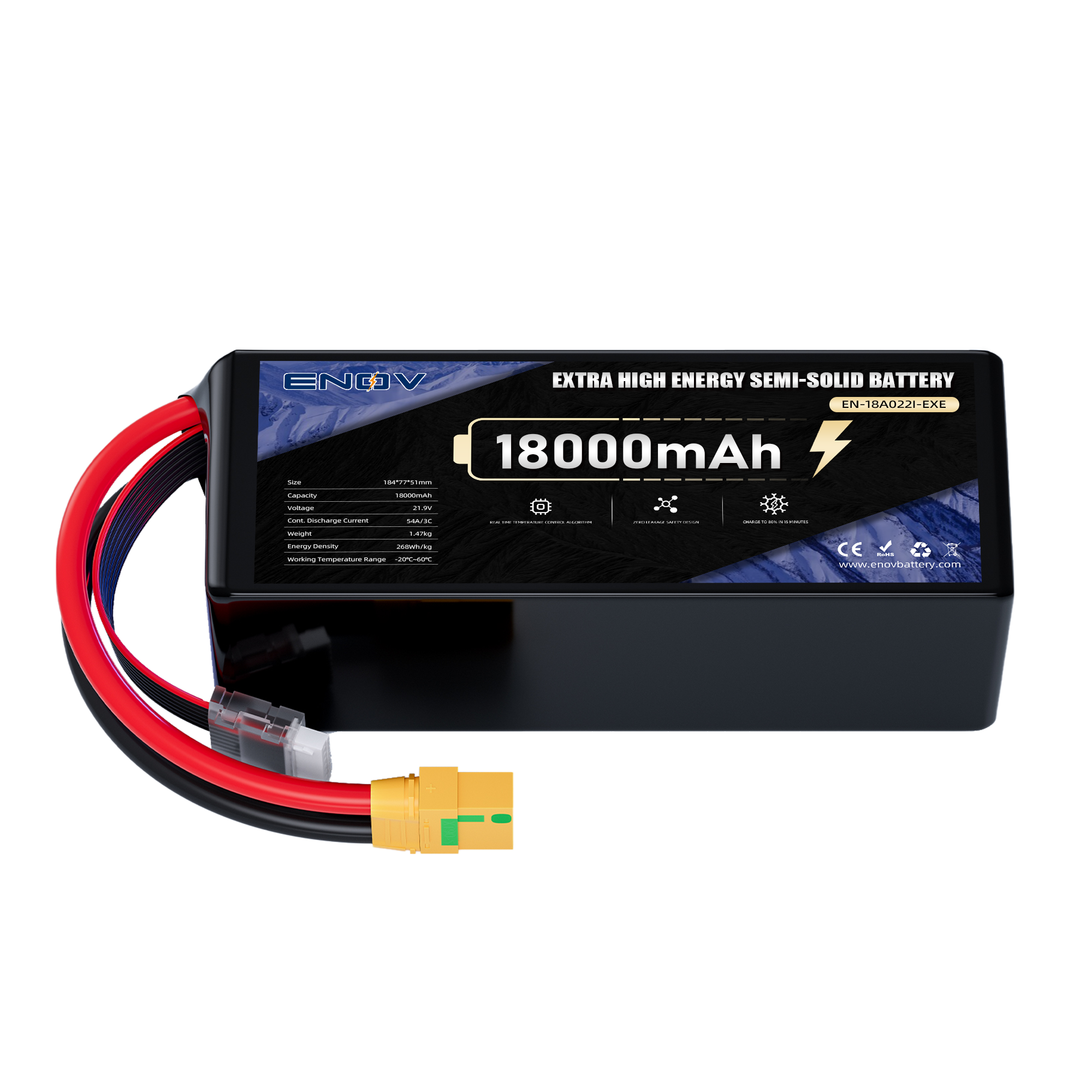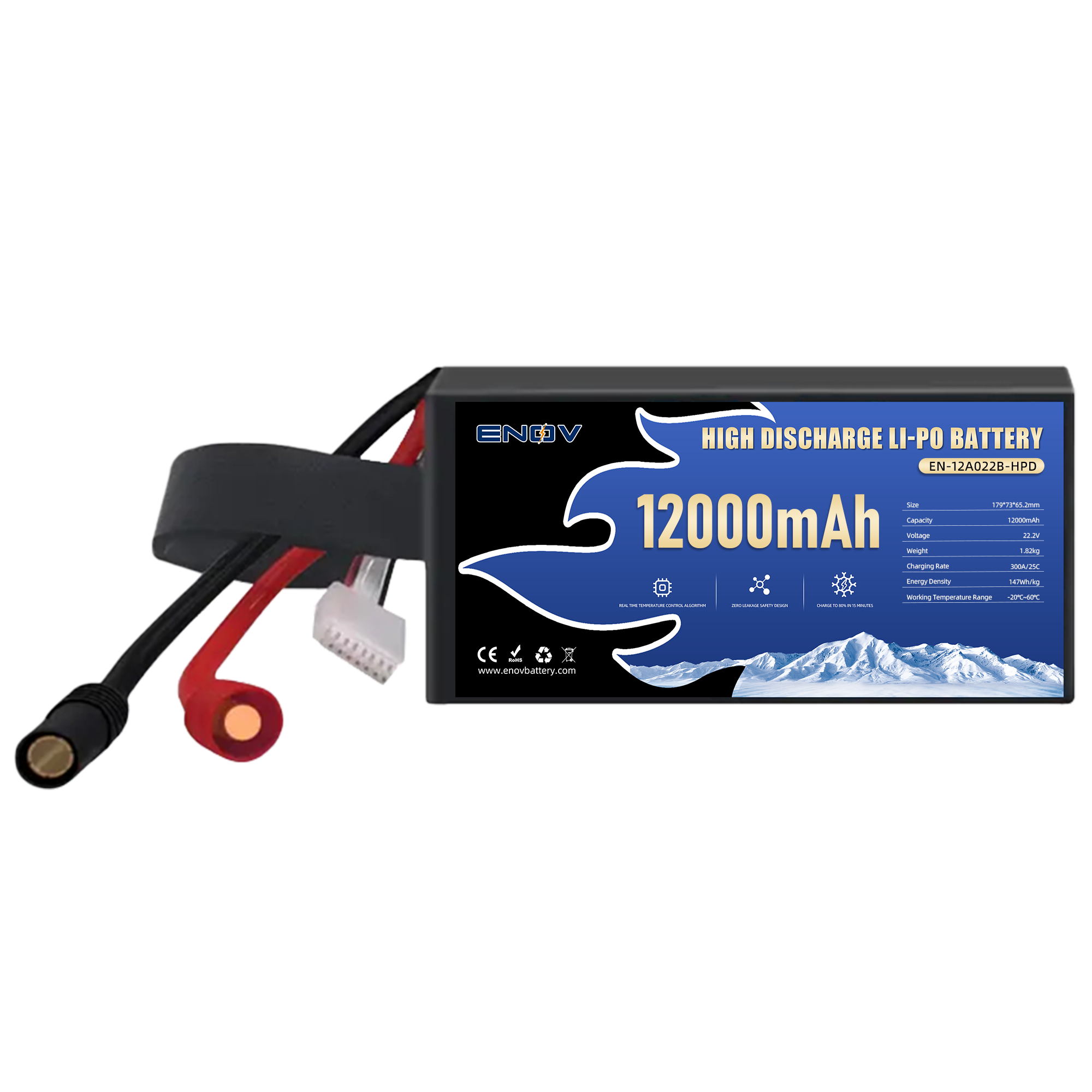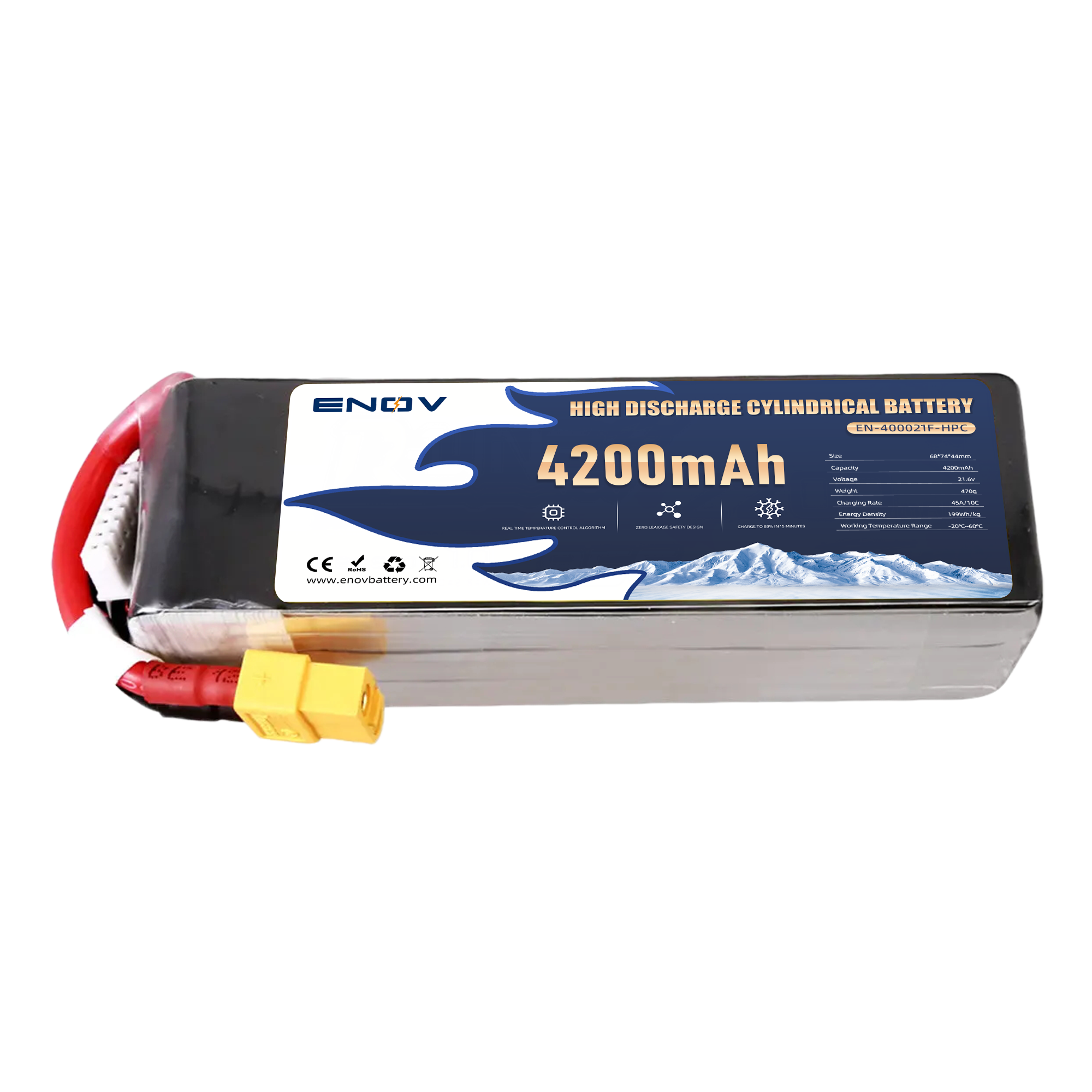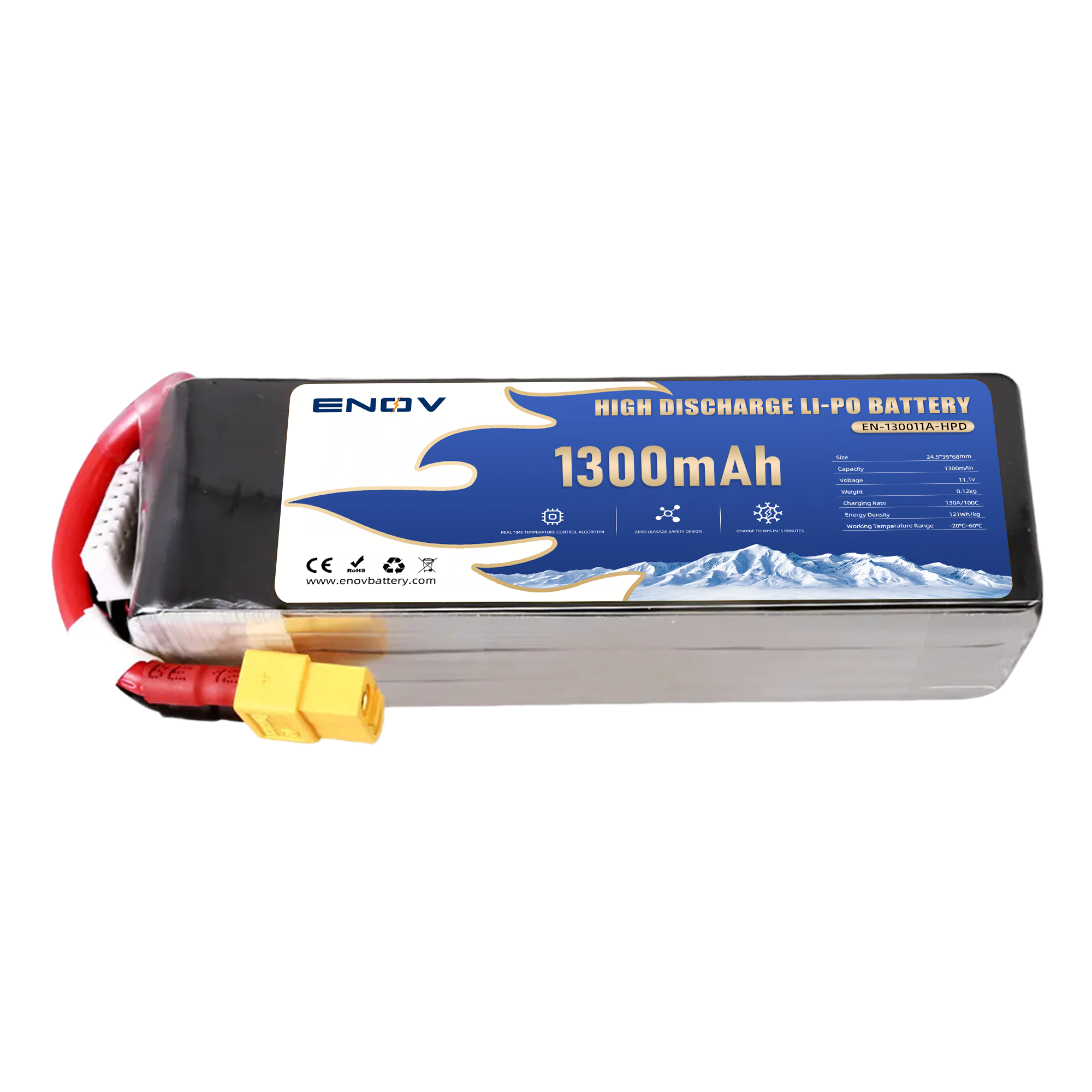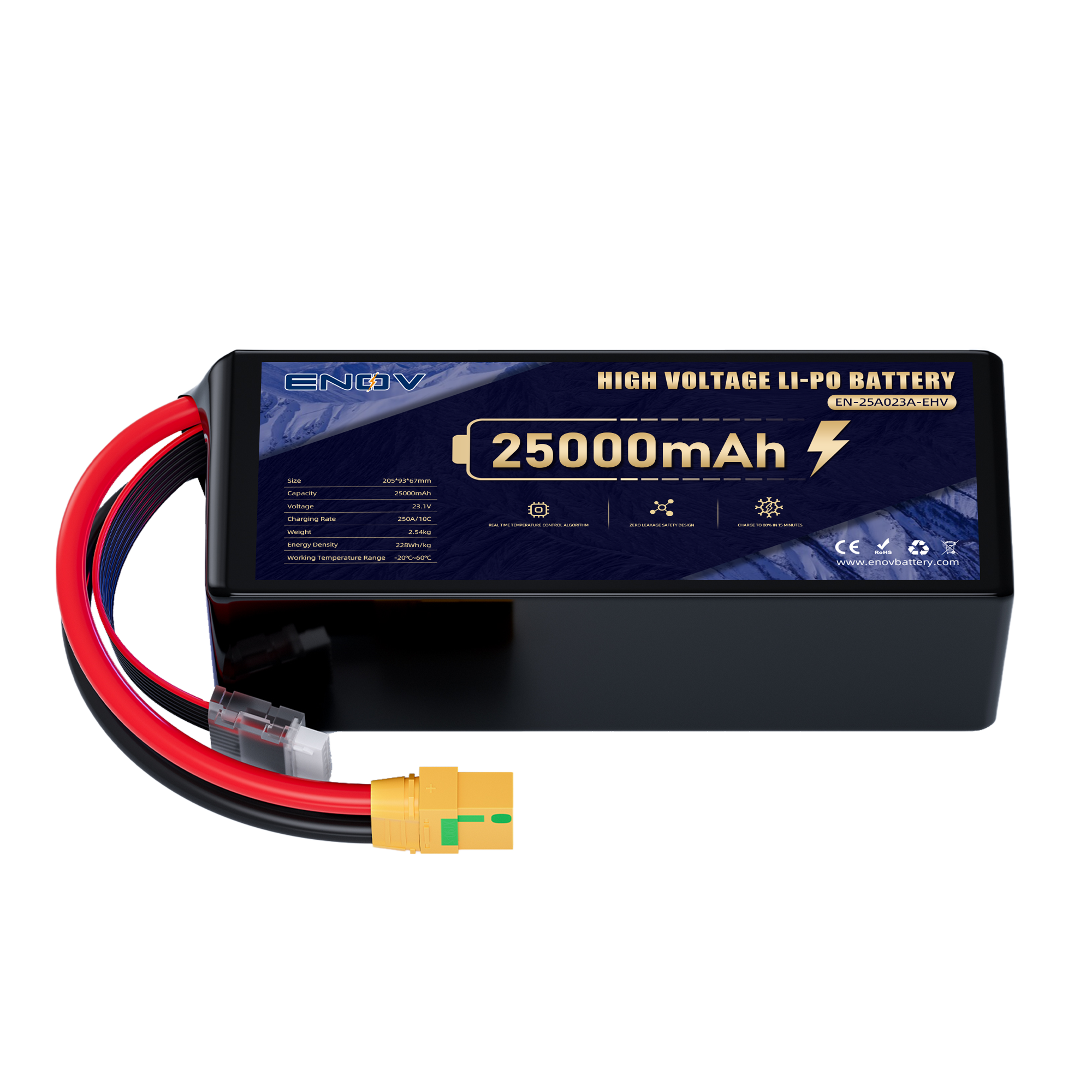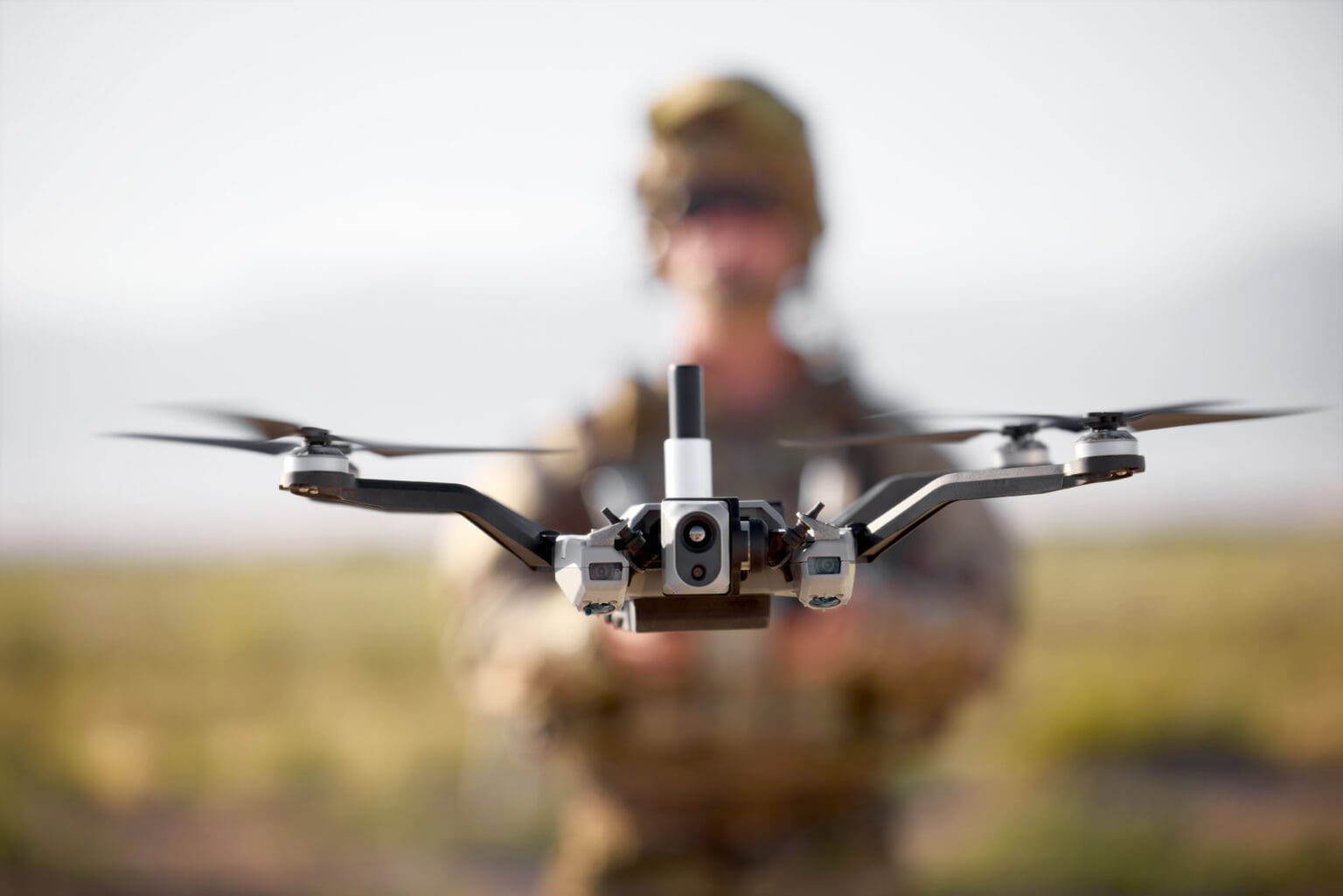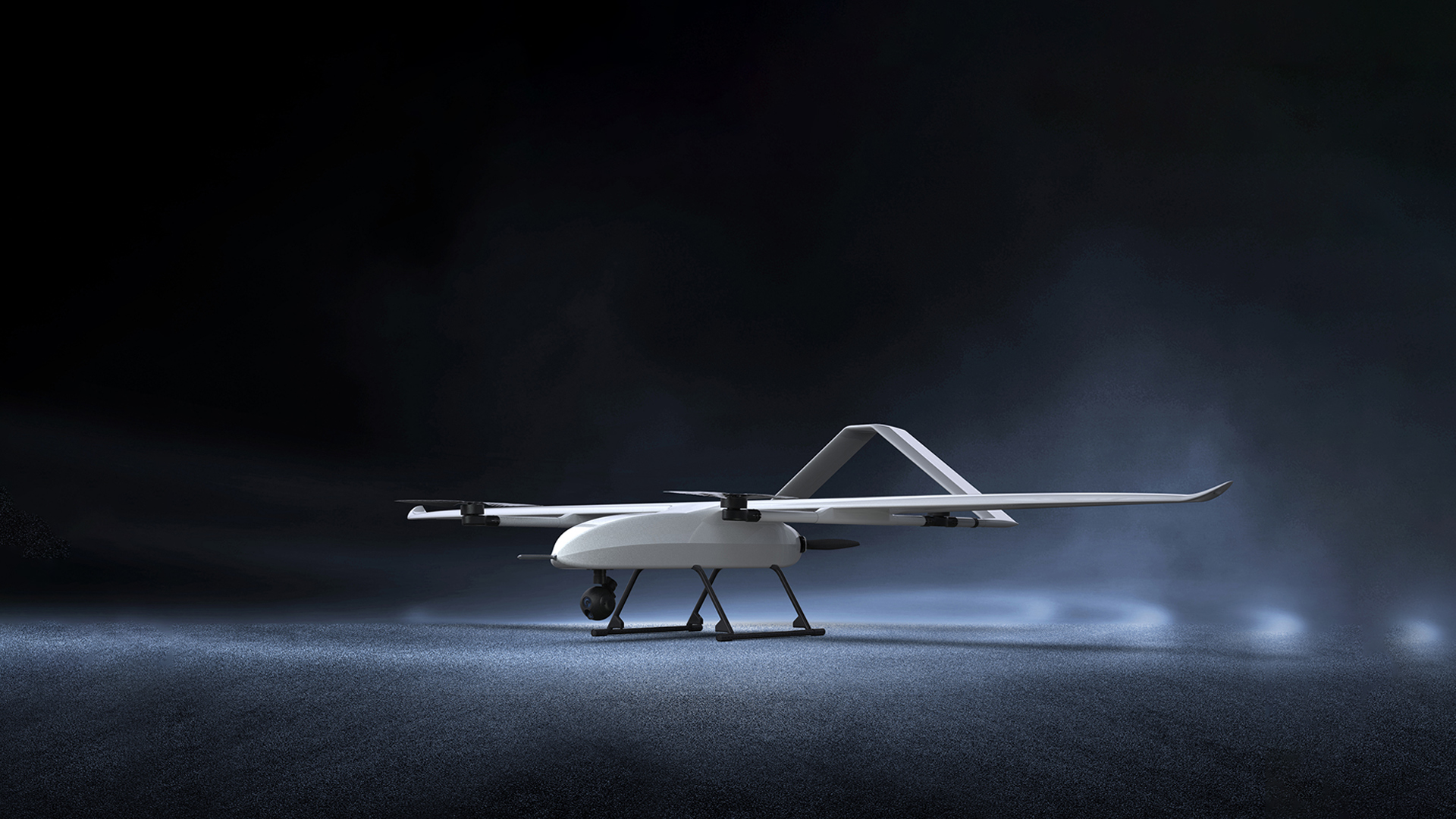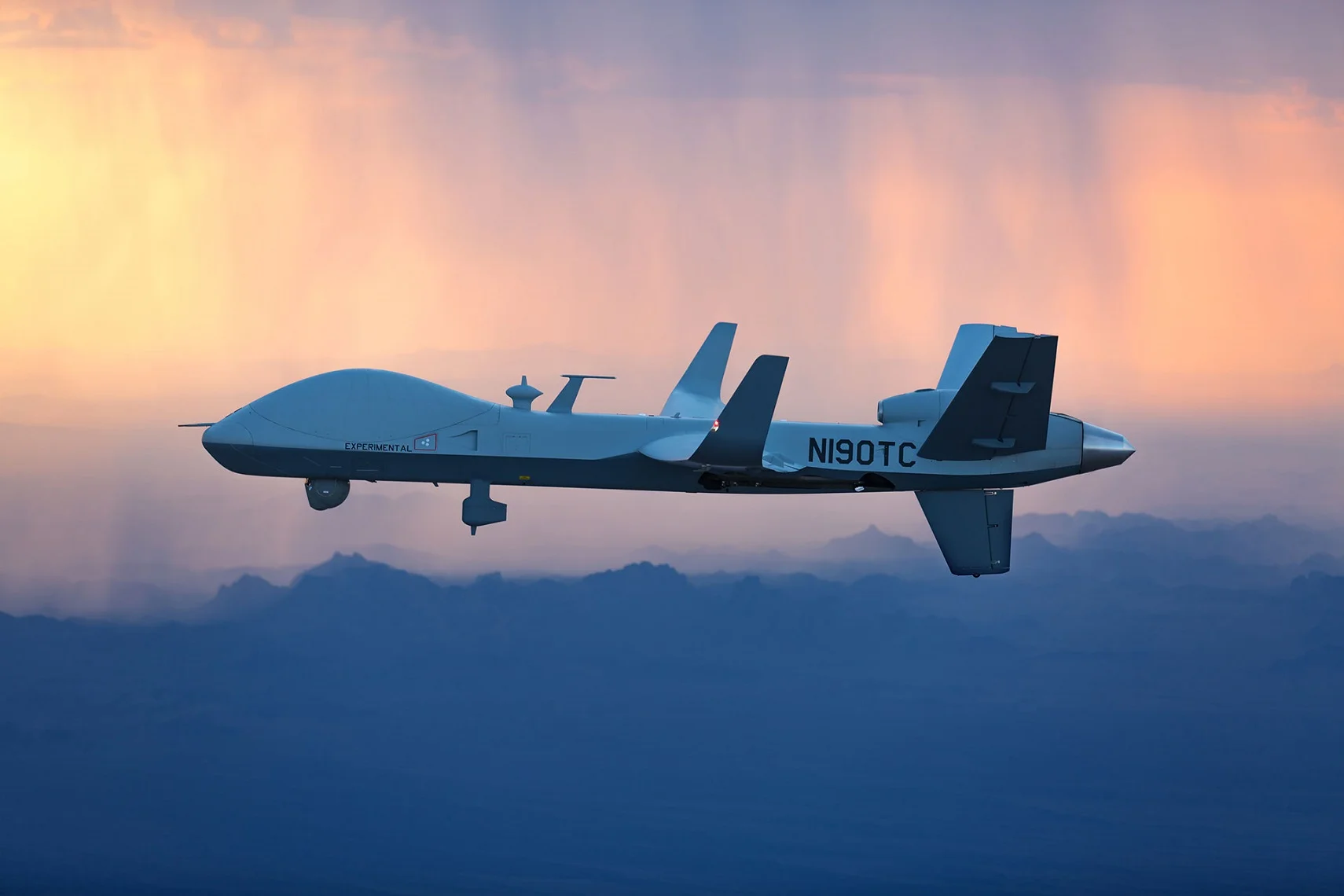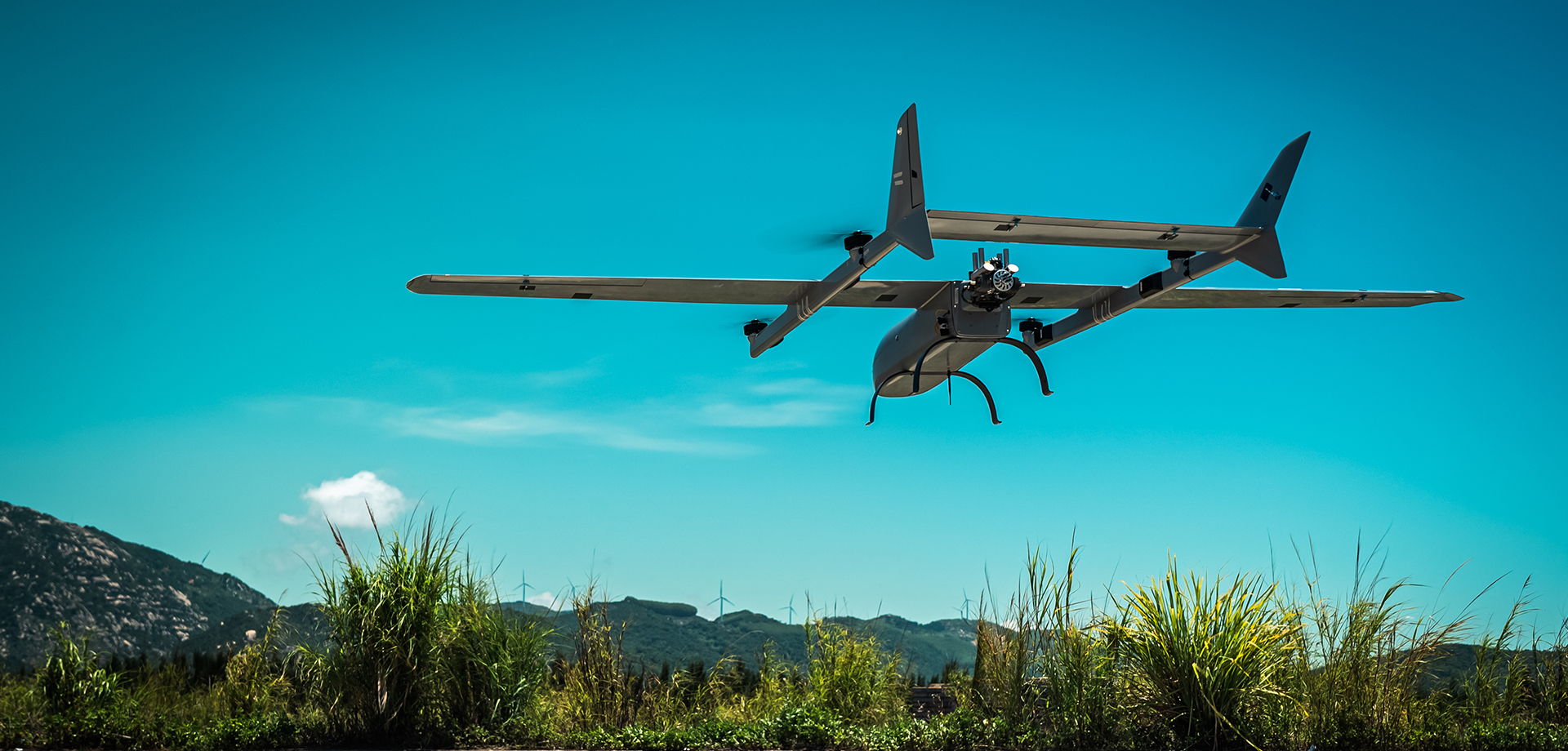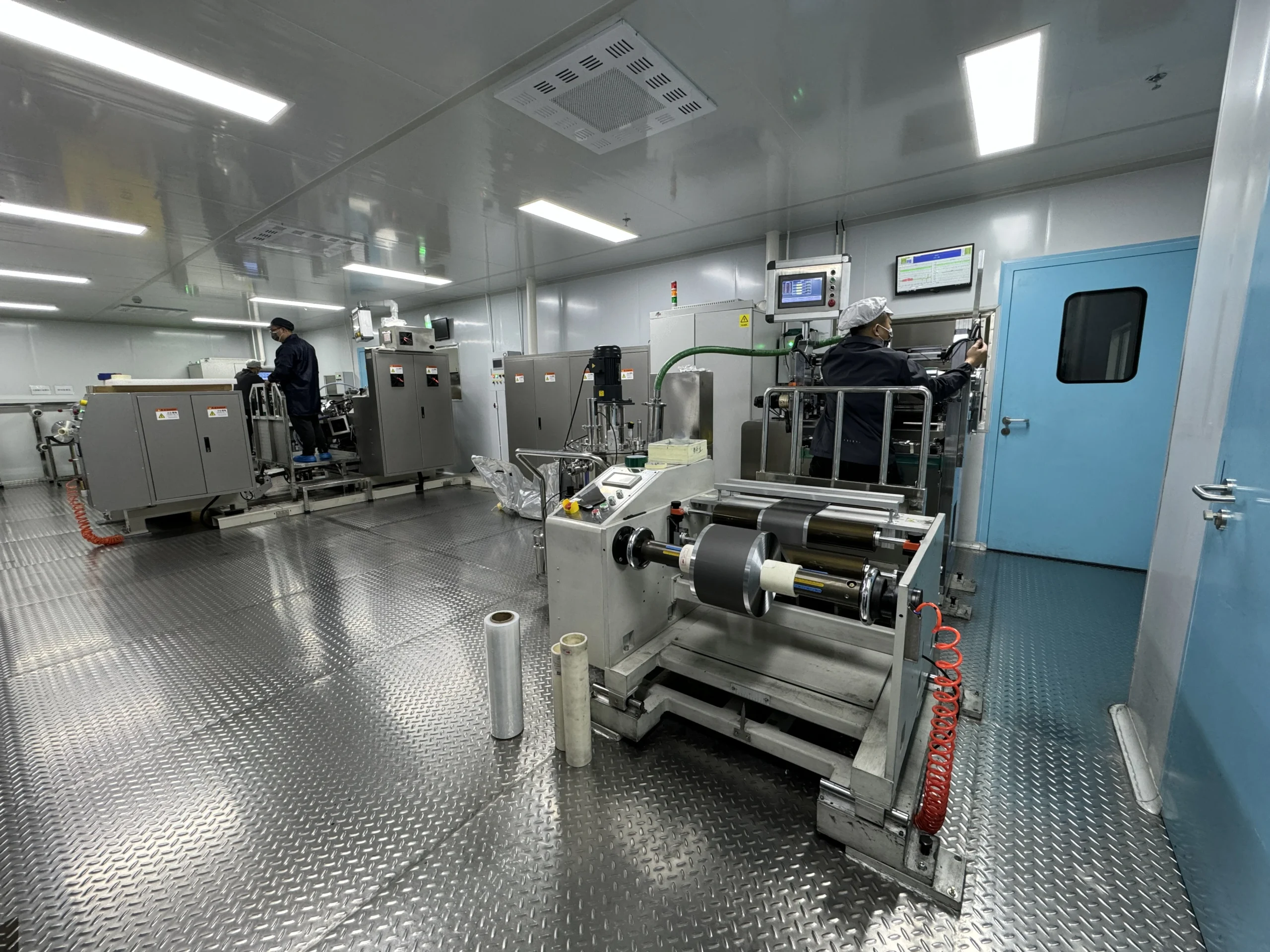Smart Monitoring and Real-Time Adaptation: Engineering Tomorrow’s Resilient Systems
In industries where environmental unpredictability is the norm, smart monitoring and real-time adaptation have emerged as game-changing solutions for ensuring operational continuity. From drones navigating sandstorms to energy systems balancing fluctuating loads, these technologies empower devices to dynamically adjust to shifting conditions. This article explores how advanced sensors, AI-driven analytics, and adaptive control mechanisms converge to redefine reliability in extreme settings.
thrust
1. Core Technologies Behind Intelligent Responsiveness
At the heart of real-time adaptation lies a fusion of hardware and software innovations:
Sensor Fusion for Precision Feedback Multi-layered sensor arrays—including thermal, LiDAR, and inertial measurement units (IMUs)—capture granular environmental data. For example, drones equipped with humidity sensors can recalibrate rotor speed during sudden rainfall, while industrial robots use vibration detectors to stabilize operations on uneven terrain.
AI-Powered Predictive Analytics Machine learning algorithms analyze historical and live data to forecast risks like battery degradation or component stress. In energy storage systems, AI models predict cell-level failures days in advance, enabling preemptive maintenance and reducing downtime by up to 40%
Adaptive Control Loops Self-adjusting protocols modify device behavior within milliseconds. Aerial drones, for instance, autonomously reroute flight paths when encountering wind gusts, leveraging real-time GPS and barometric updates to maintain stability.
2. Applications Across High-Stakes Environments
Industries leveraging these technologies achieve unprecedented agility:
• Agriculture: Sprayer drones with multispectral cameras detect crop stress zones and adjust pesticide distribution mid-flight, optimizing resource use while avoiding over-saturation
• Energy Infrastructure: Offshore wind turbines use strain gauges and corrosion sensors to trigger protective coatings during saltwater exposure, extending service life in coastal climates
• Disaster Response: Thermal cameras on search-and-rescue drones adapt exposure settings in smoke-filled environments, ensuring clear imaging despite particulate interference
Case studies reveal that systems integrating smart monitoring reduce operational costs by 15–30% in mining and construction sectors, primarily through minimized equipment wear and energy waste.
3. Future Trends: From Reactive to Proactive Systems
Emerging advancements are pushing adaptability further:
• Edge Computing Integration: On-device processing slashes latency, allowing machinery to execute decisions without cloud dependency. Autonomous forklifts in warehouses now adjust lifting speed based on cargo weight and aisle congestion
• Digital Twin Synergy: Virtual replicas of physical systems simulate stressors like temperature spikes, enabling pre-deployment optimization. For example, battery management systems (BMS) test thermal runaway scenarios in silico before implementing safeguards
• Self-Healing Materials: Polymers that repair minor cracks under UV exposure are being integrated into drone frames, reducing maintenance intervals in abrasive environments
Conclusion
Smart monitoring and real-time adaptation are no longer optional—they are critical for survival in today’s volatile operational landscapes. By merging sensor intelligence with AI-driven decision-making, modern engineering transforms unpredictability into a manageable variable. As industries venture into harsher frontiers—from deep-sea exploration to Arctic logistics—these technologies will remain pivotal in bridging resilience gaps and driving sustainable progress.
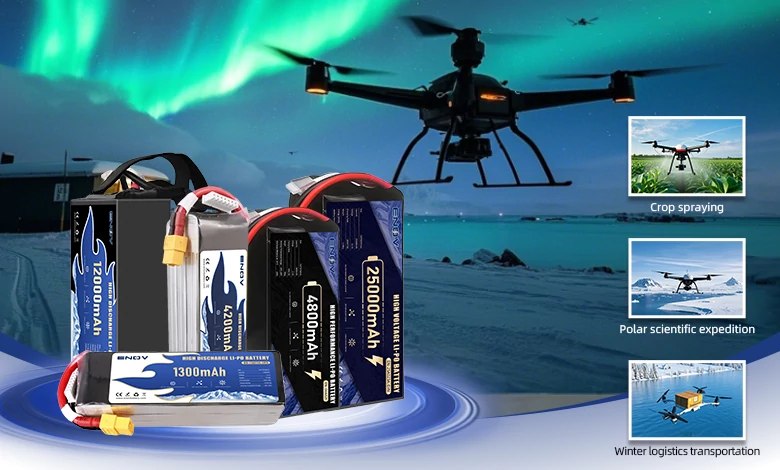
UAV DRONE battery
Enov UAV battery has the most advanced UAV battery new technology, it has a lightweight structural design, ultra-high energy density, stable continuous discharge, customized ultra-high instantaneous discharge, wide temperature working range, stable charge and discharge, battery materials can choose high nickel terpolymer positive/silicon carbon negative material system combined with semi-solid battery technology. Or choose a more mature application of more UAV lithium battery technology, available UAV battery nominal voltage 3.7V, capacity 18.0Ah ~ 30.0Ah, support 10C continuous discharge and 120C pulse discharge (3 seconds). With ultra-high energy density (220-300Wh/kg) as its core advantage, Enov UAV batteries can meet the needs of long-term endurance scenarios such as plant protection drones and transport drones, while maintaining stable emission performance in extremely low temperature environments (-40℃).
Other products
START-STOP LITHIUM BATTERY
LITHIUM ENERGY STORAGE BATTERY
QUICK INQUIRY
FAQ
Access to high frequency technical questions with one click, get accurate answers on product application, after-sales policy and customization process.
Service and Support
Get the latest product specifications, explore professional OEM/ODM customization services, click to open exclusive technical support and production solutions.
Become a Partner
We sincerely invite resources to interconnect, work together for win-win development, and immediately open a new chapter of strategic cooperation!
